The Alpine A110's Engineering Genius
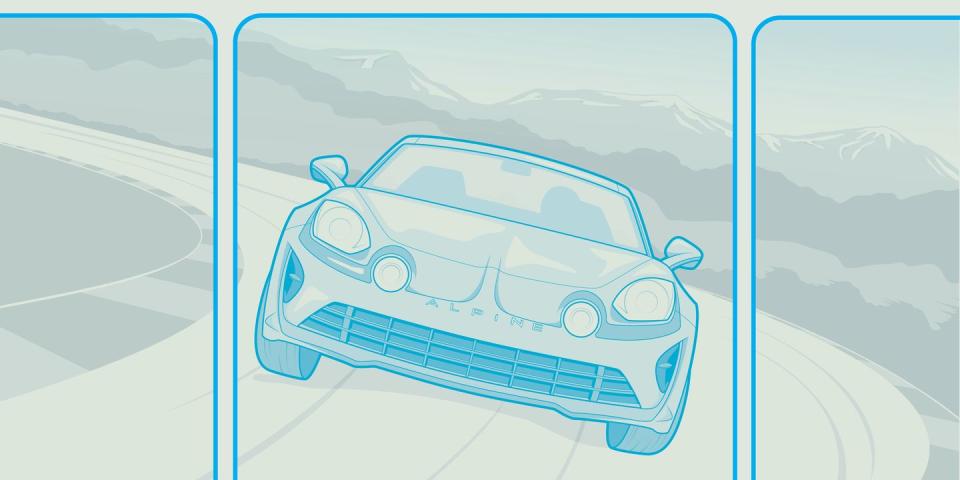
Believe the hype. The Alpine A110 is a revelation, one of the finest sports cars ever made. And that wasn’t by accident.
This iteration of A110 has been around for some time now, previewed in concept form back in early 2016 and in production within the same year. It's a modern tribute to the original A110, a rear-engine sports car created by French firm Alpine in 1963. Renault supplied engines to Alpine and took over the company in 1973, making it an in-house sports-car brand. Alpine disappeared in 1995, until Renault under the auspices of Carlos Tavares—now CEO of Stellantis—decided to revive the brand as something of a Porsche competitor.
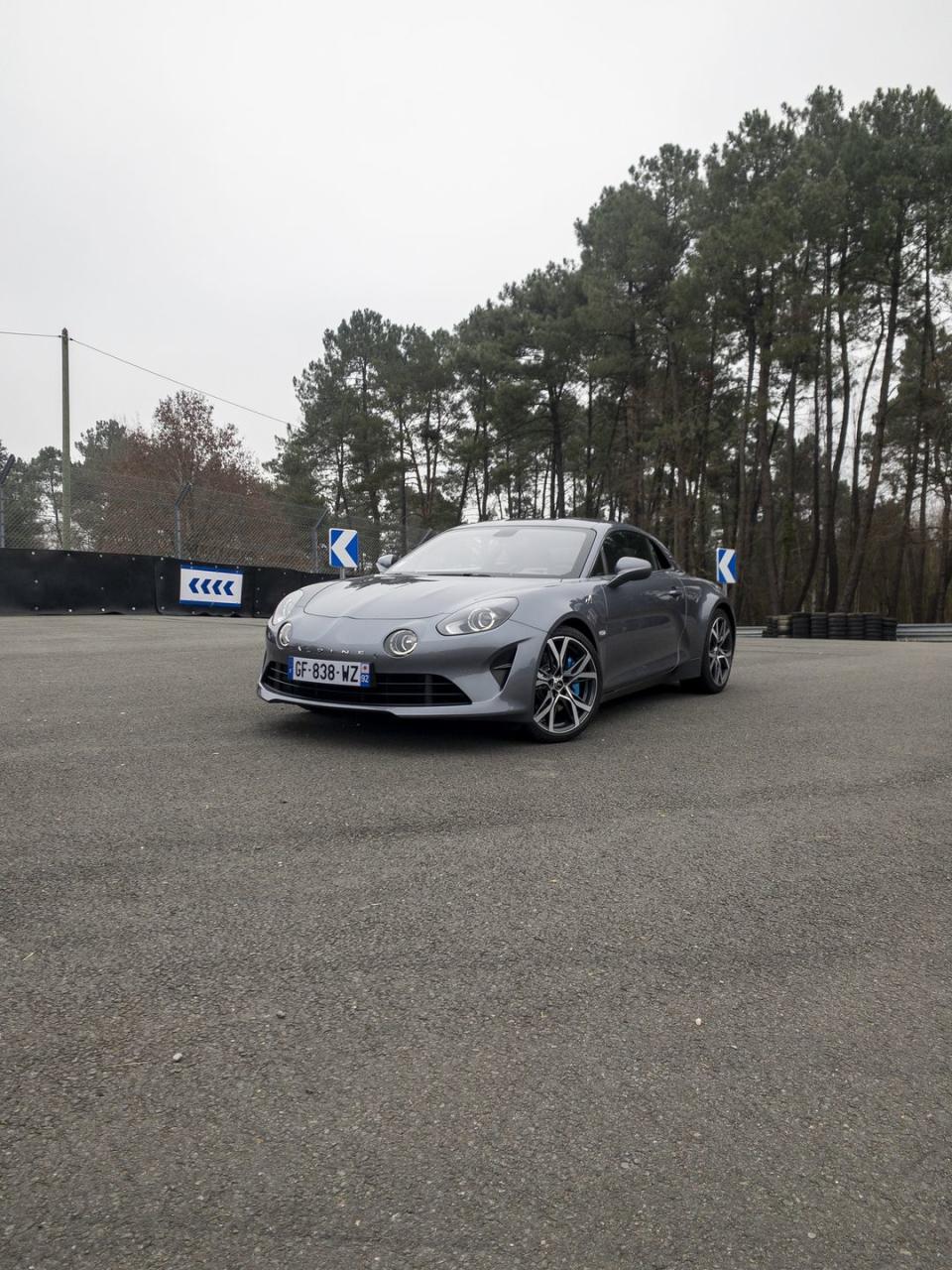
Tavares pitched the A110 revival when Carlos Ghosn still ran the Renault-Nissan Alliance. Ghosn greenlit the project, and told the team it had to be affordable. Sure, Renault-Nissan were (and are) two huge companies, but sports cars are a low-margin, low-volume business, and that's why large multinational automakers don’t make sports cars. (In the case of Toyota, it makes sports cars with partners.) Renault partnered with Caterham to realize its sports-car dreams back in 2012, and though the tie-up fell through in 2014, the British firm did contribute significant cash and engineering resources to what became the A110. That didn’t mean cost was of no object to Alpine.
"We knew we didn't have a nameplate like Porsche and Ferrari,” says David Twohig, the chief engineer of the Alpine A110, now an author and consultant. “So, we knew there was a limited price we could ask for this vehicle. We didn't want to make a $150,000 sports car that either nobody would buy, or everyone would buy the obvious competitor, so we had to keep it accessible in all the senses of that word.”
This forced Twohig and the team behind the A110 to get creative with their money. They decided to lean on the might of the Renault-Nissan Alliance for major components like engine, transmission, switchgear, infotainment, climate control, and other parts, reducing costs. This freed up cash for the most important parts—the chassis and suspension.
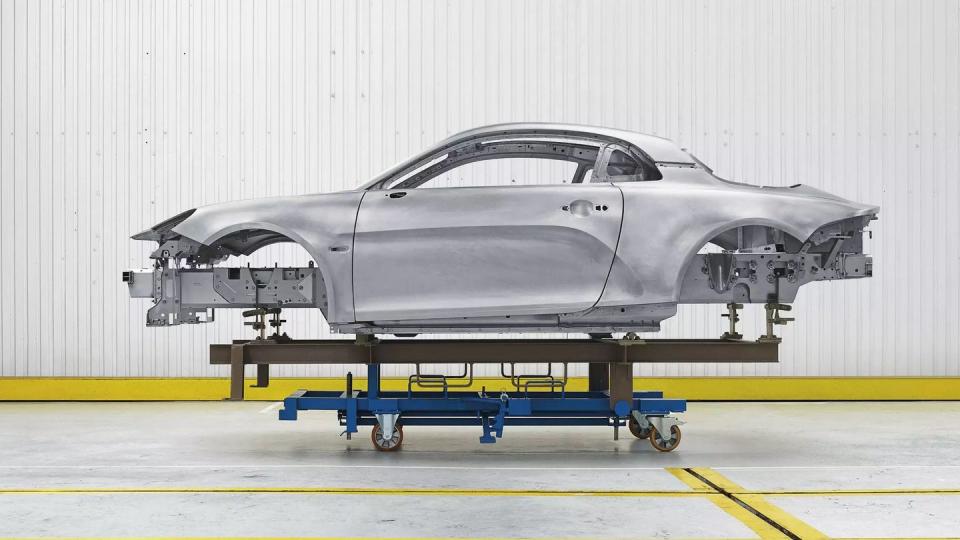
Weight defined everything with the A110. “Your readers have probably heard this cliche before, but it's still true,” Twohig says. “It’s this virtuous circle where if you could save some mass off the central portion of the car, I can have smaller brakes, I can have lower spring rates... If I can bring down the wheel size, then I have less unsprung mass, and it gets sweeter again.” The result is a car that weighs a little over 2500 pounds in its heaviest form, about 600 pounds lighter than a Porsche Cayman. Sure, it’s heavier than the old Lotus Elise, but it’s a lot more daily drivable. The A110, by contrast, doesn't require acrobatics to get in.
I had the opportunity to spend a few days with an A110 GT on a trip to France, and that commitment to weight savings is always obvious. For starters, the car is tiny by modern standards, 7.8 inches shorter in length than a Cayman, though similar in height and width. Even in a country filled with cars much smaller than the average in America, the A110 is frequently dwarfed by hatchbacks and small crossovers.
It’s such an elegant car to drive, with ride quality that embarrasses a lot of luxury sedans. Even in urban traffic, the A110 feels immediately special, soaking up bumps and steering with delicacy that’s rare to find these days. It’s a car you fall in love with immediately. In my case, the love grew as kilometers piled on.
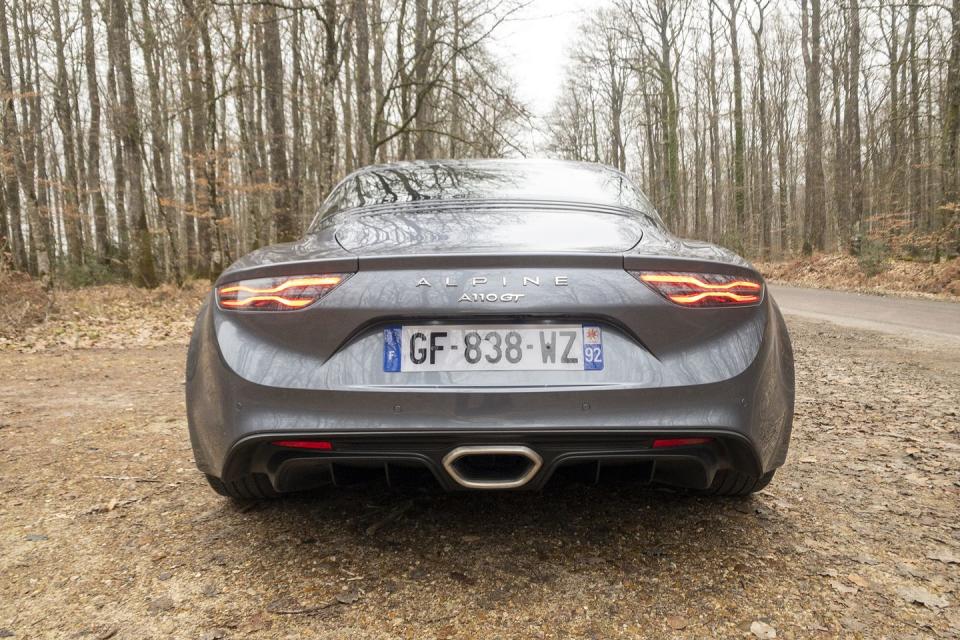
Much as I would’ve loved to get in the A110 and aim straight for the Col de Turini,I had to bring the car back to Renault in the suburbs of Paris, so Le Mans would have to do. Between Paris and Le Circuit de la Sarthe, you won’t find the most mind-blowing roads the world has to offer, but there’s no lack of narrow D-roads that flow gently through the wide expanses of farmland that defines northern France. The surface quality varies wildly and the prevalence of farms means dirt and mud on the road. Throw in the rain of late winter, and you have conditions that would challenge any car.
Any car except, apparently, the A110. “If we're on a dry track somewhere, you know on the West Coast, dry track, give me the keys to the Lotus all day long,” Twohig says. “The Alpine is— and we were very clear on this from day one–a road car. As we call it in Europe, a ‘B-road blaster’ or a ‘canyon car’ as my friends in California call it...it’s made for small roads, broken surfaces, wet roads, icy roads, it’s going to be with you.”
The D637 cutting across the southwestern most part of Normandy doesn’t look like much on Google Maps, but it is undoubtedly A110 territory. Even with wet, dirty tarmac underneath, blind, fast corners, and the frequent dips and crests, the Alpine carries astonishing speed here. It just gives the driver confidence to push and push. As Twohig says, the car is with you, a faithful companion for exuberant driving. There was one massive mid-corner bump that I only just saw as I was about to roll over it at speed. I braced myself for the worst, but the Alpine just moved up and down gracefully with the surface.
The only other car I’ve driven that does the same sort of thing is a Lotus Evora, and indeed, Twohig tells R&T that the Caterham connection means that the A110 has a lot of British DNA. (Especially for a car whose backup camera guidance lines are the French tricolor.) Like the Evora and basically every Lotus since the original Elise, the A110 has double wishbone suspension for both front and rear.
Especially in sports cars, double wishbones are ideal, as they provide lots of suspension travel and the best camber behavior in cornering. But double wishbones are tricky to package, as they require both height and length within a car. Plus, Alpine wanted relatively long arms to get lots of suspension travel. “That means, guess what? You have a narrow rear engine compartment.”
The solution was using the same 1.8-liter turbocharged four-cylinder as the Renault Sport Megane (and in a less exciting application, the Espace people-mover) and a dual-clutch transmission with no manual option. This transmission is heavier than a manual, but the dual-clutch design means it’s narrow. When paired to a small, transverse four-cylinder, there would be just enough space for the suspension arms. Twohig also said that from the outset, the team decided that the A110 would never have an engine larger than 1.8 liters. Automakers often “package protect” for features planned for later models. Alpine could have expanded the engine bay for a bigger engine further down the line, but that meant getting rid of the double wishbones, an unacceptable compromise. Same story with the manual transmission. This package also helped keep length and weight down compared with a Cayman, which has its gearbox behind its boxer engine.
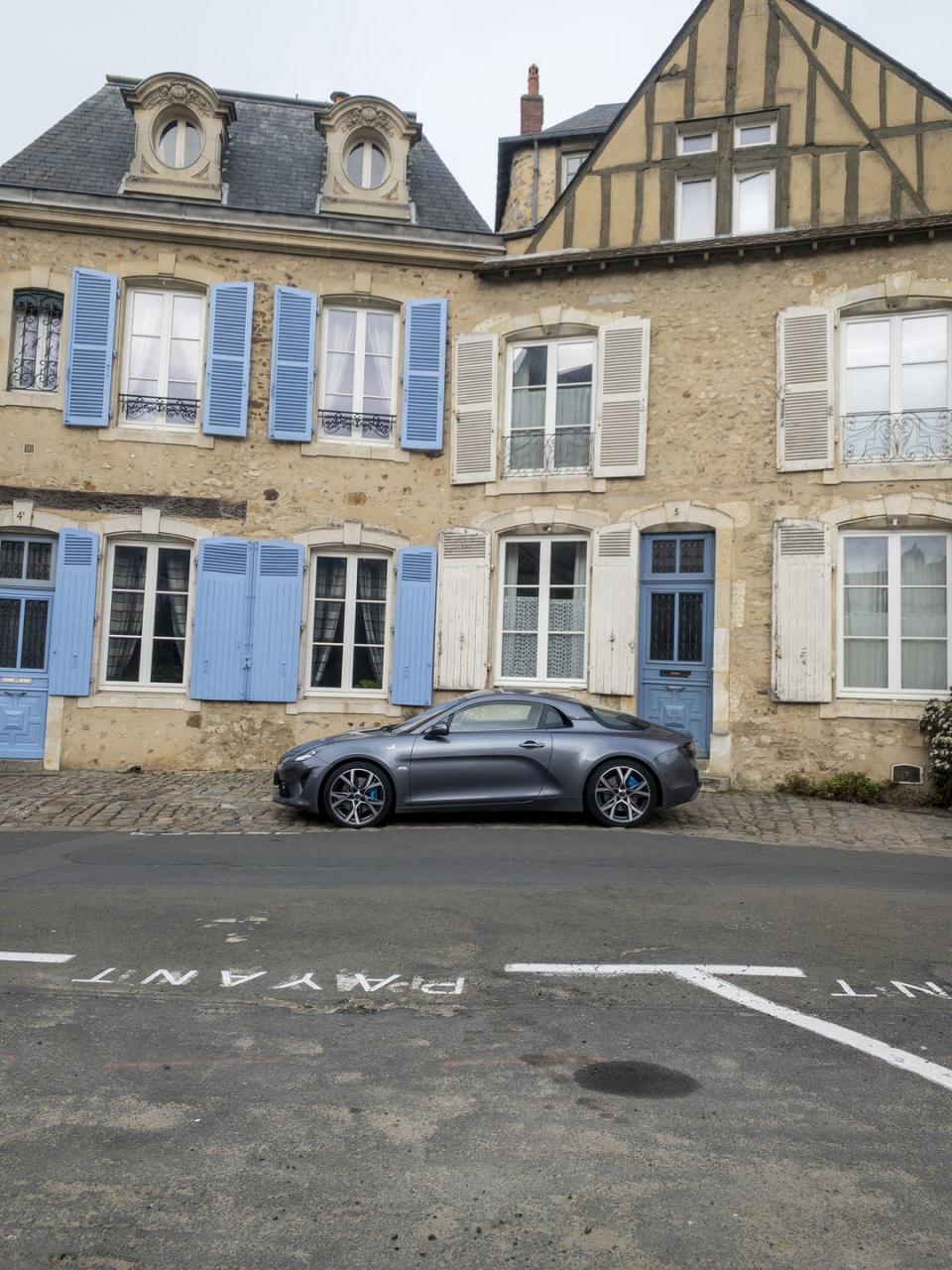
Twohig and I both agree that the Alpine is a chassis car. That said, the engine is very nice, with a pleasing burble that reminds me of the Renault 4 engine fit to a Matra Djet I drove last year, and more than enough oomph, with 300 hp and 251 lb-ft in GT specifications. So too is the gearbox, which responds quickly to pulls on the column-mounted paddles yet offers ease of use in urban traffic. I didn’t miss a manual shift, because the car so involves you in how it glides across the road. You’re not wanting for engagement. Plus, there’s knowing that a manual would compromise the suspension design.
Up front, there’s not nearly as much storage space as a Cayman because of both the double wishbones and the fuel tank underneath the luggage compartment. Again, it’s a more than worthwhile compromise for driving dynamics. “You’ve got to make your choices. Nothing comes for free,” Twohig says. Compared with the all-MacPherson-strut Boxster/Cayman—a car I admittedly love—the A110 offers better ride quality, yet inspires as much, if not more confidence on a challenging road.
Unlike a lot of sports cars, the Alpine feels soft overall. Spring rates are relatively low, and the passive dampers are tuned to smooth out road imperfections, not beat them into submission. Plus, there’s the unsprung weight benefit of relatively small tires—205/40R18 front and 235/40R18 rear Michelins on this GT model—and small brakes, enabled by the low overall weight. Twohig also points out that the actual structure of the car itself isn’t as stiff as one might expect. “It’s a little bit of a myth that people have that the body needs to be really super stiff to get the chassis to work very well,” he explains. “Especially in a car like the Alpine, when it’s got relatively long suspension travel and relatively low spring rates, you can imagine that the tiny flex of the chassis, it almost doesn’t matter.” In the Alpine, rolling over a big bump or pothole doesn’t send a judder through the bodywork, but the car never feels too floppy. Twohig says that the microscopic movements of the chassis are actually helpful to the suspension of some instances. Plus, Alpine saved weight by not aiming for super high stiffness.
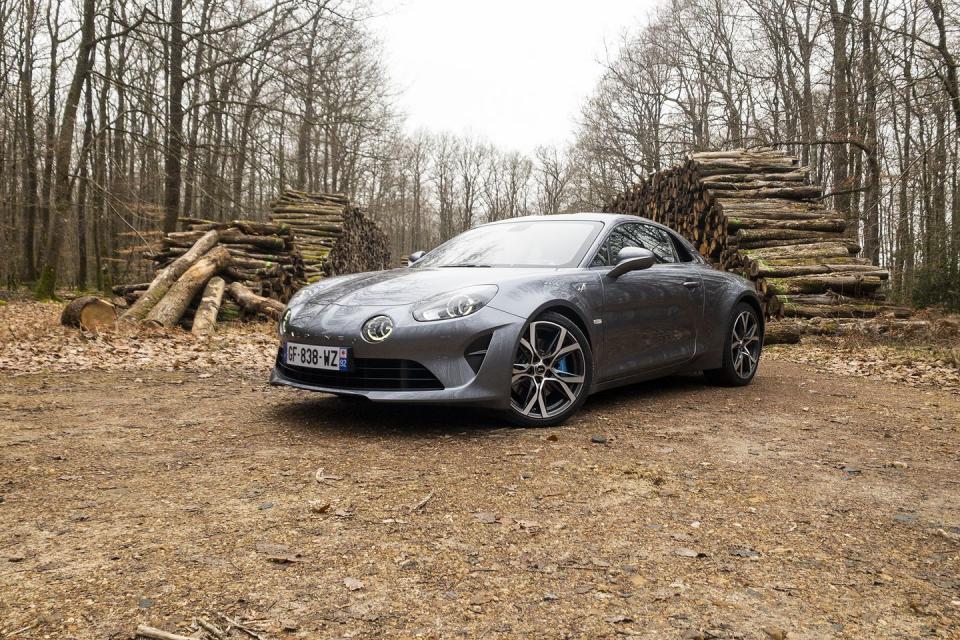
The A110 also has some of the best steering you’ll find in a modern car, perfectly weighted, ultra-precise, and offering clear lines of communication about the grip level at the front. It’s also electrically assisted, too, furthering the argument that electric power-assist (EPAS) done well can be as good or better than hydraulic or manual steering. Twohig credits Renault’s long experience with EPAS—debuting with the Mégane 15 years before the A110 launched—and as important, the excellent front suspension geometry. (And as we explored in a previous iteration of this column, geometry has a profound effect on what the driver feels through the wheel.)
It took a lot of discipline to make the A110. Twohig and the team had the unique luxury of making a totally bespoke platform—even the Porsche 718 and 911 share major components—yet this meant they had to save money elsewhere, and resist the temptation to produce a bigger, heavier car. To make, in essence, a French Porsche Cayman. The A110 doesn’t feel like a Cayman, nor does it feel like an Elise. It’s its own thing, and that’s what makes it so special.
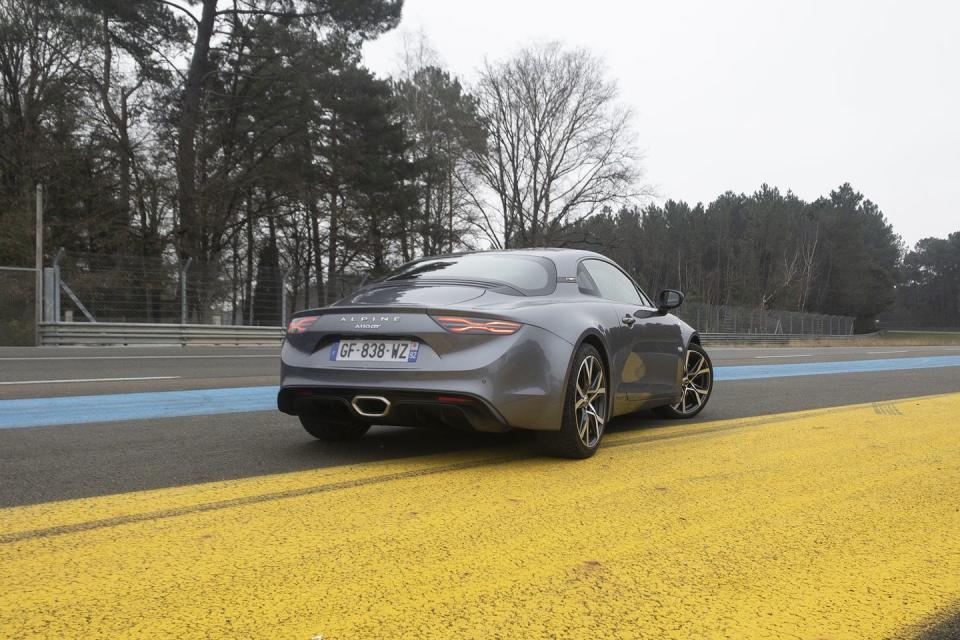
Gordon Murray daily drives an A110, and his team at Gordon Murray Automotive even took it apart for benchmarking. It revealed no cheap tricks, just excellent fundamentals. “Honestly, it just shows you that if you build a car that's light enough, is torsionally rigid enough and has good local torsional stiffness where there are suspension inputs... you don’t need adaptive damping, cross-linked suspension, hydraulic this and that,” Murray tells R&T. “If you stick to the basics and get them all right, you can get away with a pure double-wishbone suspension, a passive damper, a nice size anti-roll bar, not too big, and that’s what we’ve got on T.50 and T.33.”
This is, of course, easier said than done, especially in a large car company like Renault, but the A110 shows it’s well worth the effort.
You Might Also Like

 Yahoo Autos
Yahoo Autos 